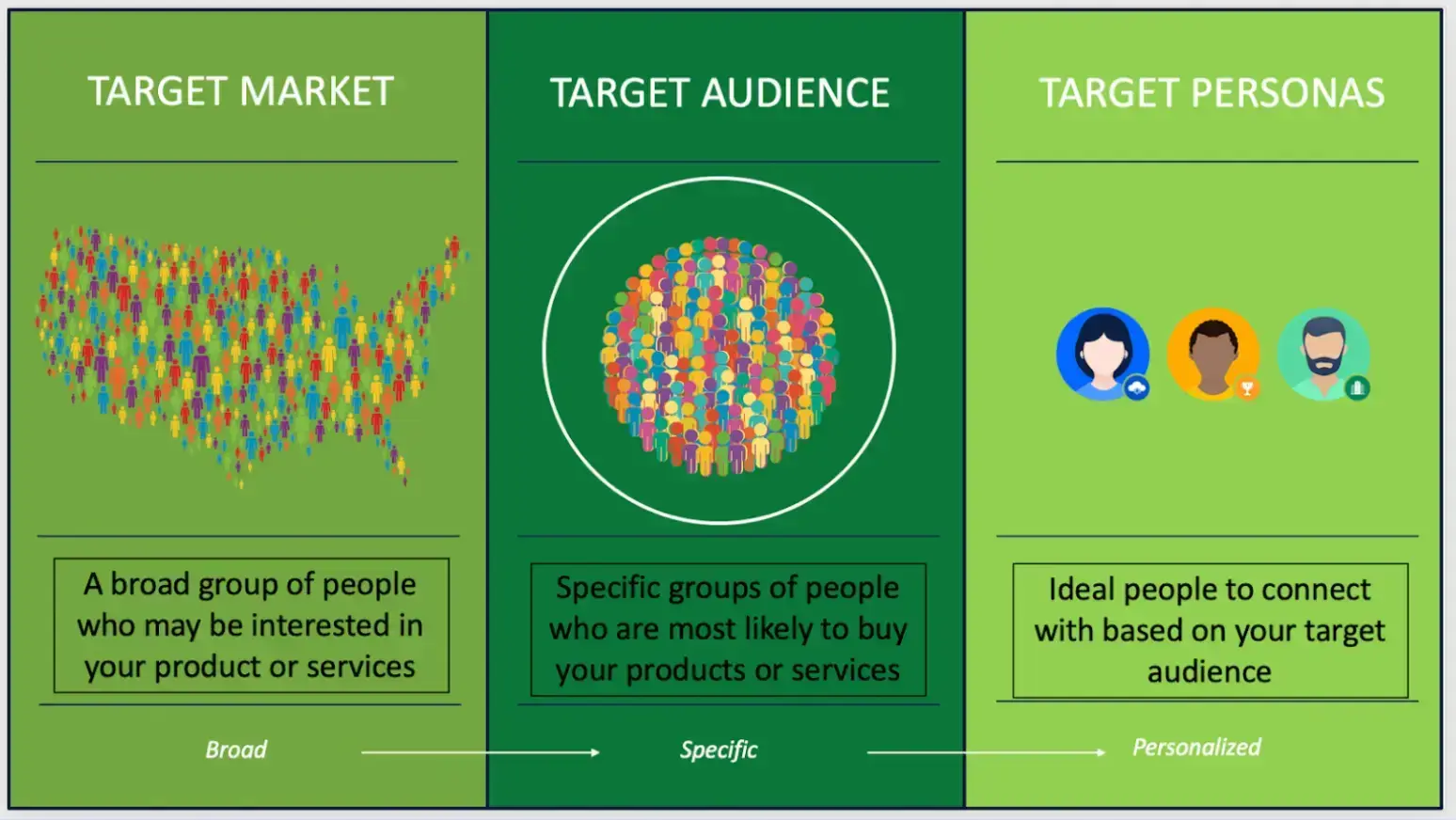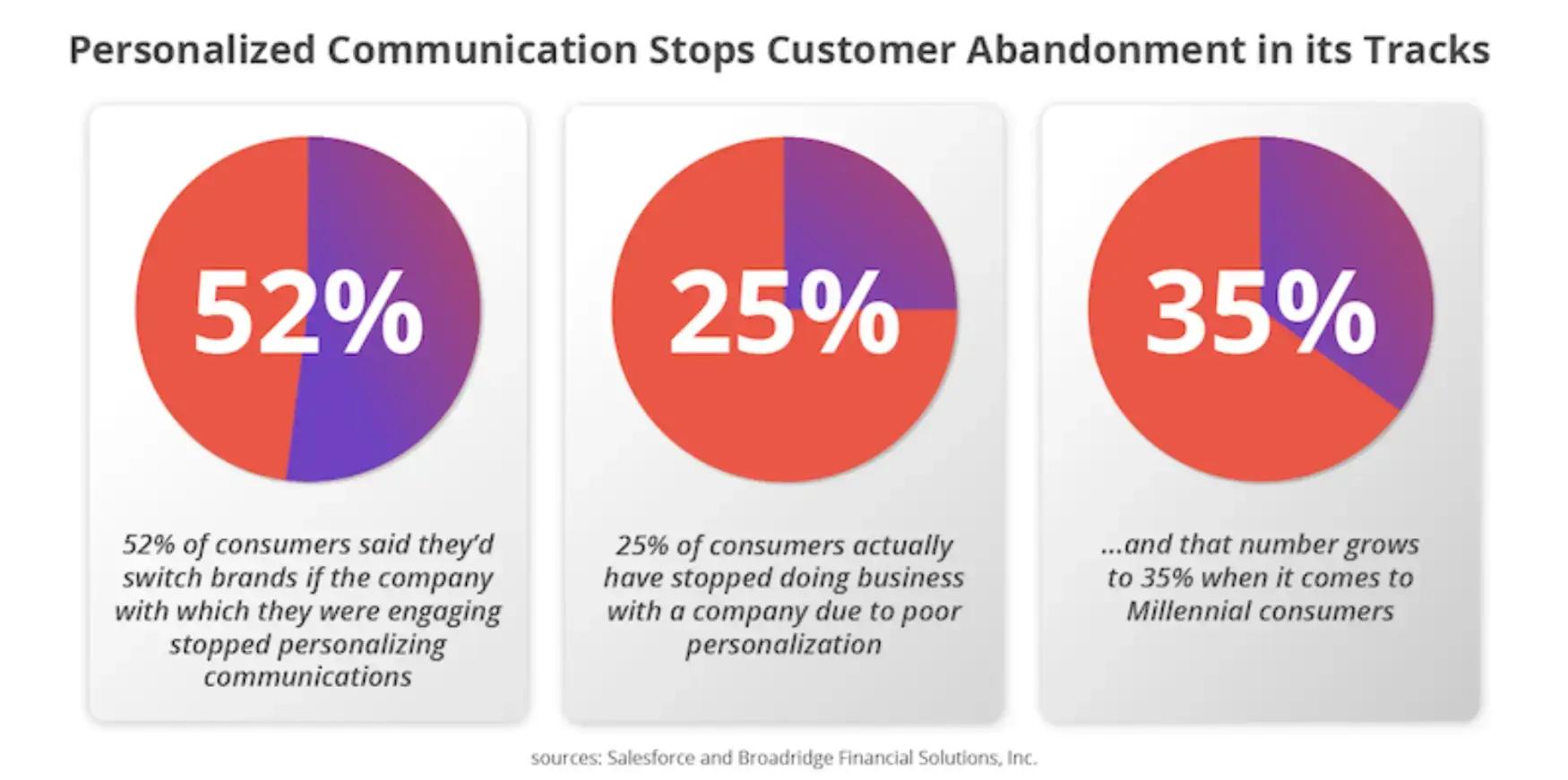In the dynamic landscape of contemporary marketing, where businesses strive to capture the attention of an increasingly discerning audience, lead generation stands out as a pivotal element in the success of any campaign.
The ability to attract and cultivate potential customers not only fuels a business's growth but also ensures sustained relevance in competitive markets.
However, as marketers navigate the intricate realm of lead generation, certain pitfalls can impede the effectiveness of their efforts. This discussion explores five critical mistakes that often plague lead generation campaigns, hindering their potential success.
From the initial identification of a target audience to the intricate dance between lead quantity and quality, the journey through lead generation demands a nuanced approach.
We delve into the common errors marketers inadvertently commit, such as overlooking the importance of tailored lead magnets or underestimating the impact of landing page optimization.
Moreover, we emphasize the often underestimated post-capture phase, where the vitality of follow-up and nurturing strategies can make or break the conversion journey.
By recognizing and avoiding these pitfalls, businesses can enhance the efficacy of their lead generation endeavors and forge more meaningful connections with their audience in the ever-evolving realm of modern marketing.
Mistake 1: Lack of Targeted Audience
One prevalent mistake in lead generation campaigns is failing to define and target a specific audience.
Without a clear understanding of the ideal customer profile, marketers risk wasting resources on reaching individuals who are unlikely to convert into customers.
This lack of focus not only dilutes the effectiveness of the campaign but also hampers the ability to tailor messages that resonate with a particular demographic.
The consequences of casting too wide a net are manifold. It leads to inefficient use of marketing budgets, as ads and promotions reach individuals who may not have a genuine interest in the product or service.
Additionally, the lack of targeted messaging can result in lower engagement rates and a diminished return on investment.
Marketers should invest time in comprehensive market research to rectify this mistake to identify and define their target audience. This involves analyzing demographics, psychographics, and behavior patterns to create detailed customer personas.

By understanding their audience's needs, preferences, and pain points, marketers can craft more personalized and compelling campaigns that resonate with the right individuals.
A well-defined target audience ensures that resources are allocated efficiently, leading to higher conversion rates and a more successful lead generation campaign.
Mistake 2: Neglecting Quality Over Quantity
In the realm of lead generation, the common misstep of neglecting quality over quantity can significantly impede a campaign's success.
While amassing a large volume of leads may seem like a tangible achievement, it becomes counterproductive if these leads lack relevance or genuine interest in the product or service offered. Focusing solely on quantity often leads to a bloated database of unqualified leads, wasting resources and time.
The crux of this mistake lies in the misunderstanding that a higher quantity of leads equates to greater CRM hygiene. In reality, the emphasis should be on attracting and nurturing leads more likely to convert into customers.
Quality leads align with the target audience profile, demonstrating a genuine need or interest in the product or service. Such leads are more likely to convert and contribute to a healthier return on investment.
To rectify this mistake, marketers should prioritize strategies that filter and qualify leads based on relevance and engagement.
Implementing effective lead scoring mechanisms, personalized content strategies, and targeted communication can help strike the right balance between quantity and quality, ensuring that the generated leads are numerous and more likely to result in meaningful conversions.

Source: FasterCapital
Mistake 3: Ineffective Use of Lead Magnets
Ineffective use of lead magnets is a common mistake that can significantly hinder the success of a lead generation campaign.
Lead magnets are incentives or value propositions offered to potential leads in exchange for their contact information. The mistake often lies in the creation and presentation of these lead magnets.
Firstly, some marketers may fail to understand their target audience's needs and preferences, leading to lead magnets lacking relevance or appeal. To address this, it is crucial to conduct thorough research and gather insights into the pain points and desires of the target audience.
For example, C-level leads are unlikely to respond to a gated whitepaper by an unknown author. They are more interested in a playbook created by a CMO with years in a leadership position.
Secondly, the format and delivery of lead magnets play a crucial role.
If the content is poorly designed, lacks clarity, or fails to communicate value effectively, it may not attract the desired attention. Marketers need to ensure that their lead magnets are attractive and aligned with the overall messaging and branding strategy.
Lastly, monitoring and analyzing lead magnet performance is essential. Failure to track metrics such as conversion rates and engagement levels can result in a lack of insights for optimizing future lead magnets.
Regularly assessing and refining lead magnets based on feedback and performance data is essential for a successful lead generation strategy.
By avoiding these pitfalls, marketers can enhance the effectiveness of their lead magnets and, in turn, improve the overall performance of their lead-generation campaigns.
Mistake 4: Poorly Optimized Landing Pages
Landing pages are the gateway between a potential lead and a company's offerings, making their optimization paramount in a lead generation campaign. A common mistake lies in the design and functionality of these pages, often resulting in missed opportunities.
Poorly optimized landing pages may exhibit slow loading times, unclear calls-to-action, or an inconsistent design that fails to align with the overall brand marketing image.
The consequence of such shortcomings is a diminished user experience, leading to high bounce rates and a lower conversion rate. To rectify this mistake, it is imperative to focus on creating landing pages that are visually appealing but also intuitive and user-friendly.
Important considerations include compelling headlines, concise and persuasive copy, strategically placed call-to-action buttons, and mobile responsiveness. A/B testing should be employed to fine-tune these elements, ensuring optimal performance.
Additionally, it is crucial to understand the audience and align the content on the landing page with their needs and expectations.
For example, suppose you’re publishing a landing page for your cloud VPS product.
In that case, you’ll want to incorporate the value proposition, key features such as high speed and security, and trust signals such as security badges and awards.
By avoiding the pitfall of poorly optimized landing pages, businesses can enhance their chances of converting leads into customers and achieving the desired outcomes from their lead generation efforts.
Mistake 5: Insufficient Follow-Up and Nurturing
Inadequate follow-up and nurturing represent a pivotal mistake in lead generation campaigns, often undermining the potential for converting prospects into customers. Once a lead is captured, many businesses falter by neglecting ongoing engagement and relationship-building efforts.
Failure to implement sales CRM software and not nurturing leads can result in missed opportunities, as prospects may lose interest or forget the initial interaction. Effective lead nurturing involves a strategic and timely approach to keep prospects engaged and informed throughout their journey.
Common pitfalls in this area include delayed or generic follow-up communications, lack of personalized content, and lack of targeted offers.
For B2B marketers, nurturing leads in specialized sectors such as finance often requires integrating complex solutions and workflows.
In investment management and trading firms, robust order management systems can streamline everything from equity trades to fixed-income transactions while providing the operational transparency necessary for high-value lead follow-up.
To rectify this mistake, businesses should implement a well-structured lead nurturing program that includes personalized communication, relevant content delivery, and a clear path for progression in the sales funnel.
Automation tools can be leveraged to streamline the process, ensuring timely and consistent follow-up without overwhelming marketing teams.

Ultimately, a robust follow-up and nurturing strategy maintains potential customers' interest and establishes trust and credibility.
By addressing the specific needs and concerns of leads at various stages, businesses can significantly increase their chances of converting leads into loyal customers, maximizing the return on investment for their lead generation efforts.
Conclusion
In conclusion, successful lead-generation campaigns hinge on strategic planning and avoiding common pitfalls.
The outlined mistakes underscore the significance of precision and quality over indiscriminate outreach. A targeted audience is the cornerstone of any effective campaign, emphasizing the need for marketers to define and refine their audience parameters.
Quality should take precedence over quantity, challenging the conventional notion that more leads equate to better outcomes. Engaging and relevant lead magnets play a pivotal role, requiring careful crafting to resonate with the intended audience.
Furthermore, landing page optimization cannot be overstated, as it serves as the gateway to converting leads into customers. Lastly, the journey doesn't end with lead capture; consistent follow-up and nurturing are imperative for guiding leads through the sales funnel.
In navigating the dynamic landscape of lead generation, marketers must recognize these mistakes as opportunities for improvement.
By learning from missteps, implementing targeted strategies, and emphasizing quality throughout the campaign lifecycle, businesses can build a robust and sustainable approach to lead generation.
Continuous refinement and adaptation to evolving market trends will empower marketers to avoid common pitfalls and stay ahead in the competitive realm of lead generation.
Author Bio
Divashree is the founder of SAASY LINKS. She builds high-quality, relevant backlinks for SaaS brands. She likes to paint and dance in her free time.



